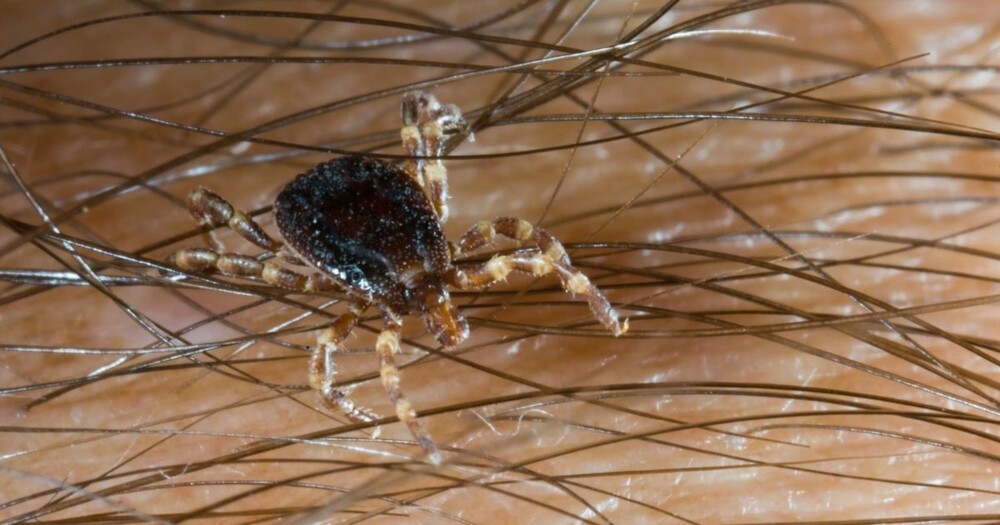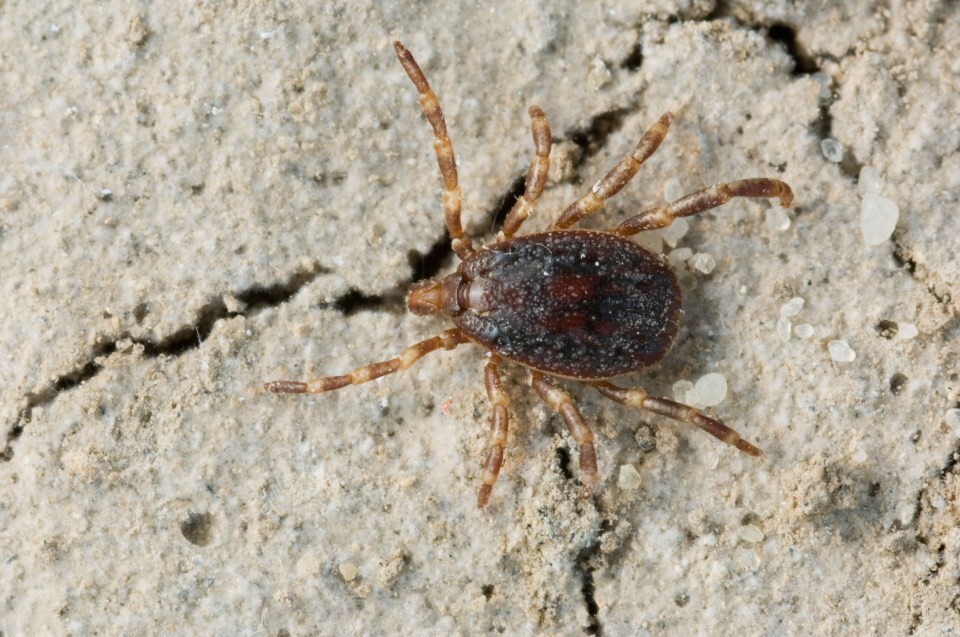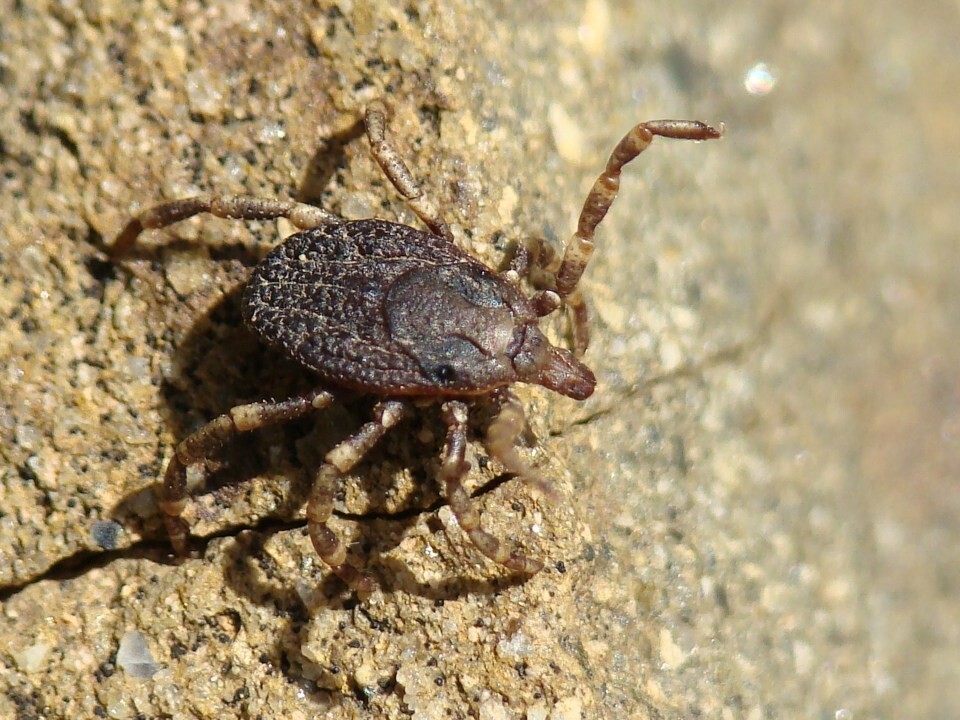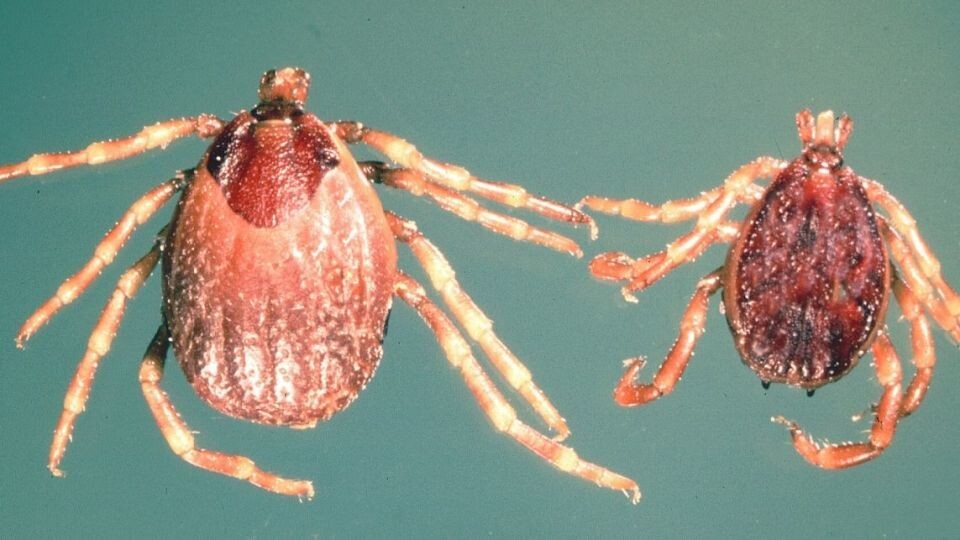The blood-sucking parasites are four times larger than regular ticks and can carry deadly diseases. Originally a large and aggressive species, Hyalomma lusitanicum lived in tropical climates, including Africa and Southeast Asia, but has already established itself in Europe. 
According to research, Hyalomma is especially common in Spain, the Balearic Islands, and southern Italy. In 2022, ticks that can transmit Crimean-Congo hemorrhagic fever were found in almost all areas of Barcelona. And this spring they were discovered in eight districts of the northeastern region of Catalonia.
Hyalomma has also been identified in the UK, Portugal, Sardinia, Malta, Germany and Sweden, as well as northern Italy. 
The Polish Ministry of Health has warned citizens that dangerous arachnids will soon reach the country's borders. Warsaw scientists have launched a special program to map the impending threat. 
This parasite, unlike its relatives, actively hunts victims.
Carlos Pradera, a pest control specialist, explained: "H. lusitanicum look for their prey, running towards it as soon as they find it."
He told La Vanguardia newspaper that the most characteristic feature of ticks is their high mobility: they wait until an animal or person approaches and jump on it. 
In Switzerland, 27 cases of tick-borne encephalitis have been reported this year. Infection rates in the mountainous country have risen over the past five years.
Add your comment
You might be interested in:

























